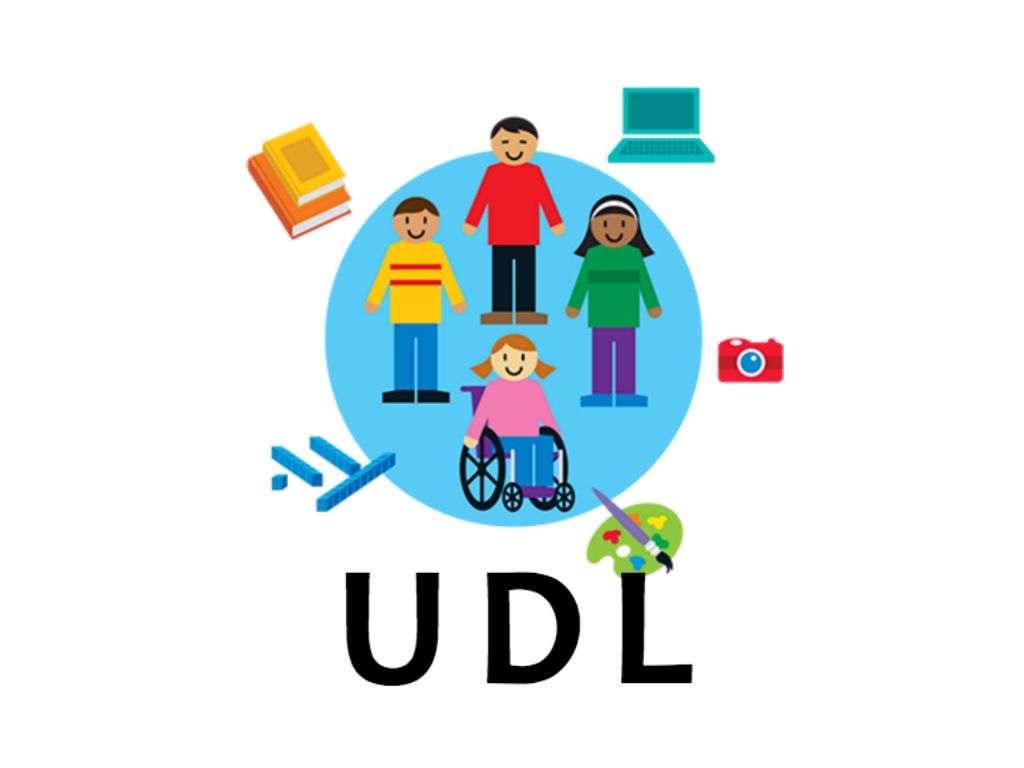Author:
Dr. Serhat Kurt (2024) explains that Universal Design for Learning (UDL) is an educational approach designed to create flexible and inclusive learning environments that cater to the diverse needs of all students, removing unnecessary obstacles in the learning process. Grounded in neuroscience and social research, UDL provides a set of principles that guide educators in designing curriculum, learning objectives, materials, and assessments that are accessible to everyone.
This is an educational approach emphasizing the inclusivity of learning environments. This reminds me of twin boys in my class when I worked as a middle school teacher in China. They had both intellectual and physical disabilities – their comprehension and responsiveness were significantly slower than their peers, and they generally didn’t participate in physical activities. They struggled not only in my Chinese language class but in all subjects. While this related to Chinese teachers’ instructional methods, it fundamentally stemmed from China’s exam-oriented education system and the educational environment with insufficient resources. Although classmates never mocked them openly, they often joked about them privately.
If I were to apply UDL principles in that past classroom, it would require foundational conditions: support from China’s education policies, provision of necessary teaching equipment by the school, financial support, and teacher training in designing UDL-aligned curricula. With these conditions met, I could design more suitable learning experiences for the twins through means of engagement, representation, and expression, enabling them to achieve greater growth aligned with their cognitive and physical capabilities.
Regarding implementing UDL principles in future education, I believe this image provides a clear and referential framework.
The potential challenges in this process should be discussed according to different educational contexts. In North American countries where UDL implementation is more mature, I think the greatest difficulty – yet most valuable aspect – lies in designing instruction that truly addresses learners’ potential barriers and facilitates growth. In terms of content presentation, multiple formats (print/digital materials, videos, audio) should be provided, with logical and clear organization. In educational environments like China’s, as mentioned earlier, we must fundamentally resolve systemic obstacles to UDL implementation, including education policies, teaching equipment, and funding preparation.
Applying UDL principles is a long-term endeavor requiring case-by-case analysis and continuous integration of accumulated experience. But it is worthwhile.
Reference
Kurt, S. (2024, November 15). Universal Design for Learning (UDL). Educational Technology. Universal Design for Learning (UDL) – Educational Technology

I have forgotten to add the image in. It is an image Dr. Bernita shared in class, which includes these six steps: What do we know about learners and context?–> What are we here to do?–> Identify potential barriers to learning.–> Identify universal supports.–> Use UDL guidelines to design learning.–> Teach, evaluate, revise.
Hi Min, thanks for your sharing of your experience . In my country at least when I went to primary and secondary there were no provisions in place for students. There were special schools for those students (physically challenged, hearing impaired, and the blind). But today some students who are physically challenged attend regular schools, which is an indication of a change, geared to ULD education. You touched on the point that it should be focused more on learning styles – while that is very important, physical challenges must be taken into account. UDL is about equity for all students. Canada is a trendsetter when it comes to ULD and is still coming up with ways to improve. I am confident that other countries follow, but it will not be an overnight success.
Hi Ria, thanks for your detailed reply! It’s really hard to make some change!
Hi Min,
Thank you very much for sharing. I agree with the view that, under the current situation in China, designing courses for children with special needs still faces significant challenges. This is closely related to policies, economic factors, and the role of teachers—especially considering the serious issue of unequal distribution of educational resources in China, which makes it more difficult to implement individualized learning plans.
As educators, we should reflect on how to flexibly adjust our teaching strategies within such constraints. Another area for improvement is the discussion of “diversified presentation formats,” which could benefit from more concrete examples of instructional design. Additionally, rather than relying solely on external conditions, we can explore how to initiate changes within the existing Chinese education system. For instance, principals could take the lead in facilitating discussions among teachers about students’ diverse needs and jointly develop class-level plans, which can then evolve into more individualized approaches, with support from other departments in the school.
Yeah, that’s true. Thanks for your advice!
Hi Min, thank you for sharing your experience.
In my country, when I was in primary and secondary school, there were no specific provisions for students with diverse learning needs. Instead, special schools were designated for students with physical disabilities, hearing impairments, or visual impairments. However, today, more physically challenged students are attending mainstream schools, which is a positive step toward inclusive education and aligns with the principles of UDL.
You made a great point about focusing on learning styles, which is essential, but it’s also crucial to consider physical accessibility. UDL is about ensuring equity for all students, addressing both cognitive and physical barriers to learning. Canada has been a leader in implementing UDL and continues to refine its approach. While other countries are gradually moving toward this model, meaningful change takes time. I believe that with continued efforts, more education systems will embrace UDL, making learning more inclusive for all.
Excellent discussion of the difficulty in implementing UDL principles in your context of China. It cannot be a solely bottom-up approach instigated by the teachers. It must also be supported by the education system. An exam-oriented system does not have room for diverse learners. However, with time and new research, perhaps change will happen